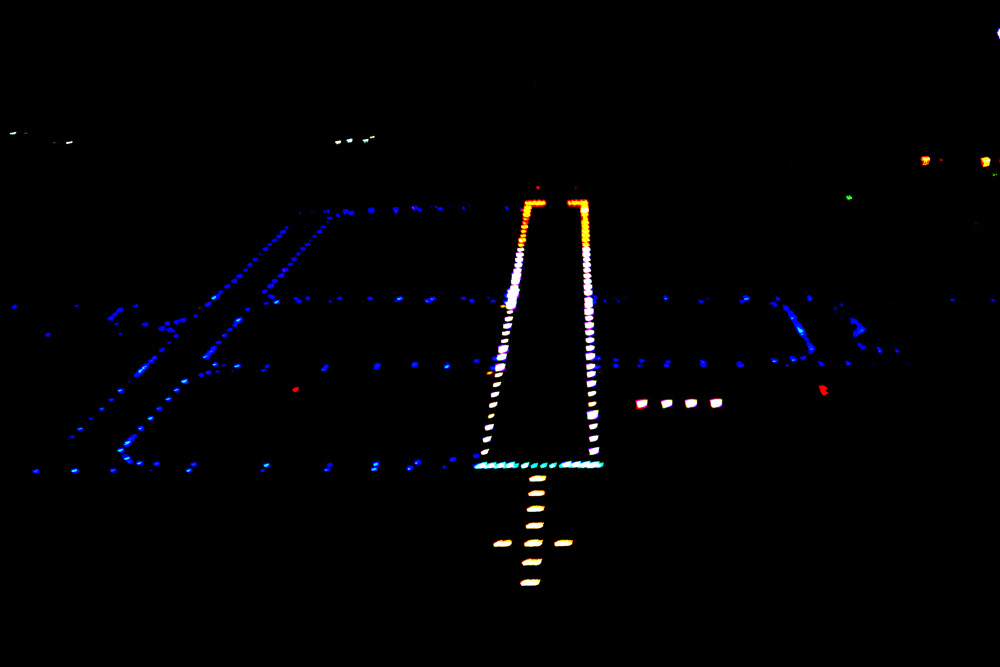O
Okayish Aviator
Guest
Hello all,
This is my first post, and I do so both to share my work/thoughts, and to ask for ideas on how to solve certain problems.
My current project is one that is close to my heart. The EAA AirVenture airshow at Oshkosh WI, USA is one of the most spectacular aviation events in the world. Each year nearly a million people visit. I decided I wanted to make a coffee table with a scale model of the airport on the surface. In addition, I thought it would be an outstanding idea to also light the airport with proper lights, and markings. As I have some experience in AutoCad, I figured I'd start designing it there, and then build it after it's been designed.
Here's what I had in mind:

The runways and taxiways themselves are going to be a very thin sheet of aluminum cut with a milling machine I have located near where I live. On top of the table surface, I plan on placing a piece of glass, or filling with a liquid acrylic.
I do have a couple of problems I'm facing. Primarily, when lighting the airport, I need to have various colors, and some lights and runway markings are different on opposite sides. For example, runway end lights are green on the approach side, and red on the end side.

Do any of you know how to make dual color lights? These are quite small, as the actual scale of the runway is 26/10000. The total diameter of the fibers are .02in. You can ignore the inset, as I was using that only as a reference for where the aluminum will sit.
This is my first post, and I do so both to share my work/thoughts, and to ask for ideas on how to solve certain problems.
My current project is one that is close to my heart. The EAA AirVenture airshow at Oshkosh WI, USA is one of the most spectacular aviation events in the world. Each year nearly a million people visit. I decided I wanted to make a coffee table with a scale model of the airport on the surface. In addition, I thought it would be an outstanding idea to also light the airport with proper lights, and markings. As I have some experience in AutoCad, I figured I'd start designing it there, and then build it after it's been designed.
Here's what I had in mind:
The runways and taxiways themselves are going to be a very thin sheet of aluminum cut with a milling machine I have located near where I live. On top of the table surface, I plan on placing a piece of glass, or filling with a liquid acrylic.
I do have a couple of problems I'm facing. Primarily, when lighting the airport, I need to have various colors, and some lights and runway markings are different on opposite sides. For example, runway end lights are green on the approach side, and red on the end side.

Do any of you know how to make dual color lights? These are quite small, as the actual scale of the runway is 26/10000. The total diameter of the fibers are .02in. You can ignore the inset, as I was using that only as a reference for where the aluminum will sit.

